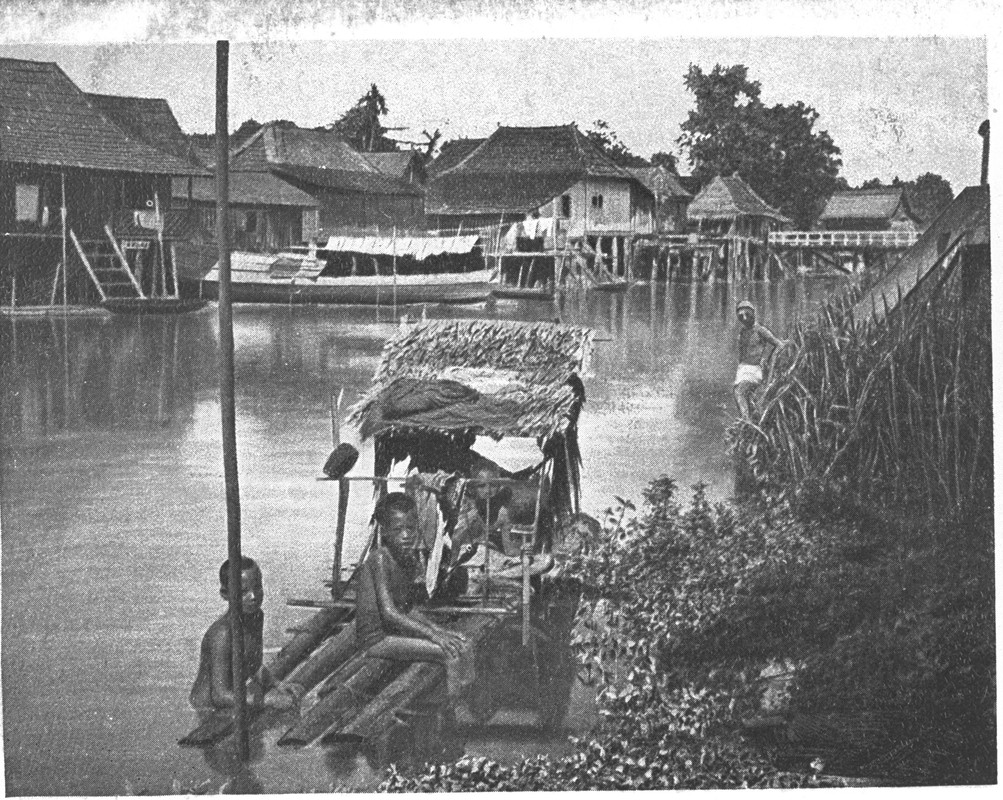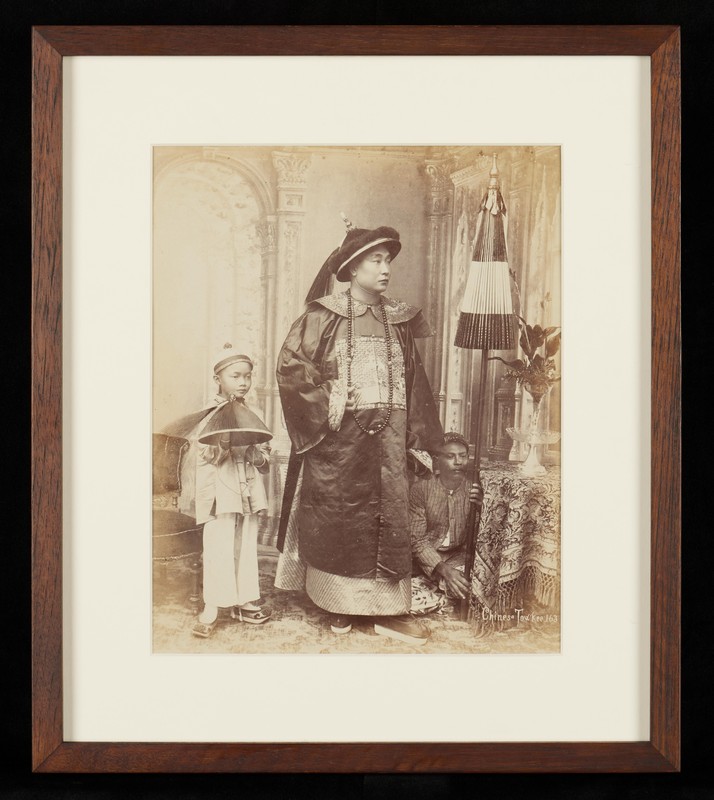Of blood and geography: Clan associations in Singapore
Chinese immigrants who came to Singapore in the 19th century found themselves in an unfamiliar land, often with no immediate family or local connections. It was in response to this situation that clan associations developed.
From 1890, the British colonial government required all clan associations to register as legal organisations under the Societies Ordinance. These associations were not allowed to engage in any illegal or political activities and were considered non-profit organisations.
Bloodline and locality
Clan associations can be categorised based on bloodline or locality. These two main categories are closely related, but the nature is different. Bloodline-based clan associations refer to groups of extended family members sharing the same surname, or those with closely-related surnames. These associations are relatively small in scale and often have a limited number of members. Their primary purpose is to foster connections among members of the same extended family. The earliest example of such an association is the Cho Kah Koon (Sing Chow Chiu Kwok Thong Cho Kah Koon in full), established in 1819.

Locality-based clan associations are grouped around geographical regions — such as provinces, prefectures, counties, towns, or villages — and primarily focus on the welfare and mutual support of people who originated from the same area. The earliest example of this is Ning Yeung Wui Kuan, which was established by the Cantonese in 1822. Later that year, the Ying Fo Fui Kun was set up by Hakka from the five districts of Kar Yeng, namely Meixian, Jiaoling, Wuhua, Xingning, and Pingyuan. Some examples of the larger locality-based associations are the Hokkien Huay Kuan, Kiung Chow Hwee Kuan (now Hainan Hwee Kuan) and Kwangtung Hui Kuan. The smaller ones, such as Koh Leng Association, Song Heng Association, and Geok Shee Association, often indicated in their names that their members were from the same villages.

According to Wu Hua’s Records of Chinese Associations in Singapore (Volume 1), more than 200 bloodline-based clan associations were established between the early 19th century and Singapore’s independence in 1965. During the same period, there were 133 locality-based clan associations.
Changing with the times
As of 2022, the Singapore Federation of Chinese Clan Associations had 244 member organisations, including 229 clan associations and 15 associate members (including cultural and arts organisations, alumni associations, and other Chinese community groups). Among these member associations, seven organisations had fewer than 50 members.
As times change, clan associations have adapted and evolved in terms of their structure and functions. However, they have also faced numerous challenges. An article in Lianhe Zaobao on 20 July 2020 reported that local clan associations were grappling with the issue of an ageing membership. Active members were predominantly seniors in their 60s and 70s, although some associations had members from two different generations. This implied that on top of preserving tradition, clan associations must keep up with the times to avoid generational gaps and ensure their continued existence.
This is an edited and translated version of 地缘的联系:新加坡的宗乡会馆. Click here to read original piece.
Cheng, Lim-Keak. Social Change and the Chinese in Singapore: A Socio-economic Geography with Special Reference to Bāng Structure. Singapore: Singapore University Press, 1985. | |
Wu, Hua. Xinjiapo huazu huiguan zhi [Records of Chinese Associations in Singapore], Vol 1. Singapore: South Seas Society, 1975. | |
Singapore Federation of Chinese Clan Associations. Xinjiapo huaren huiguan yan ge shi [History of the Chinese clan associations in Singapore]. Singapore: Singapore News and Publications Limited, 1986. | |
Tan, Ying Hong. “Huiguan qinzi dang chuancheng wenhua jielipao” [Children join parents in clan associations, carrying on the tradition]. Lianhe Zaobao, 20 July 2020. | |
“Xinjiapo zongxiang huiguan jinnian chuban huodong de jidian fansi: yi Xinjiapo zongxiang huiguan lianhe zonghui wei li” [Reflections on recent publishing activities of Singapore clan associations: A case study of the Singapore Federation of Chinese Clan Associations]. In Xueshu youmiao jihua lunwenji: Di shi’er qi [SAP Schools Chinese Research Mentorship Programme: Volume 12], 29–44. Singapore: Nan Hua High School, 2016. |










